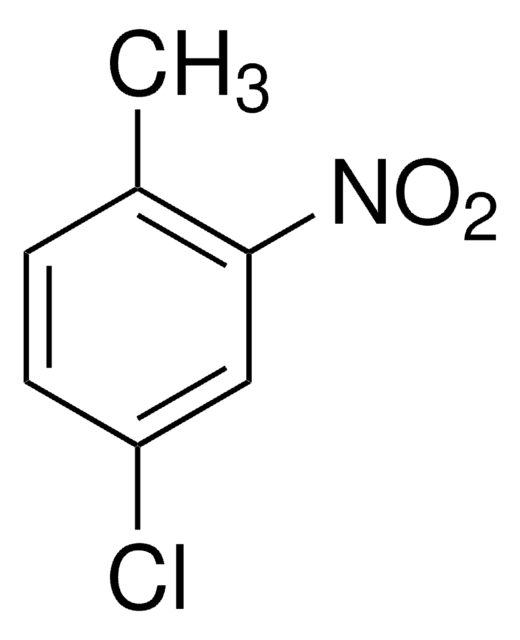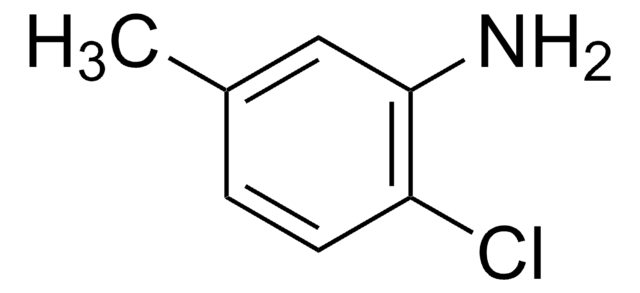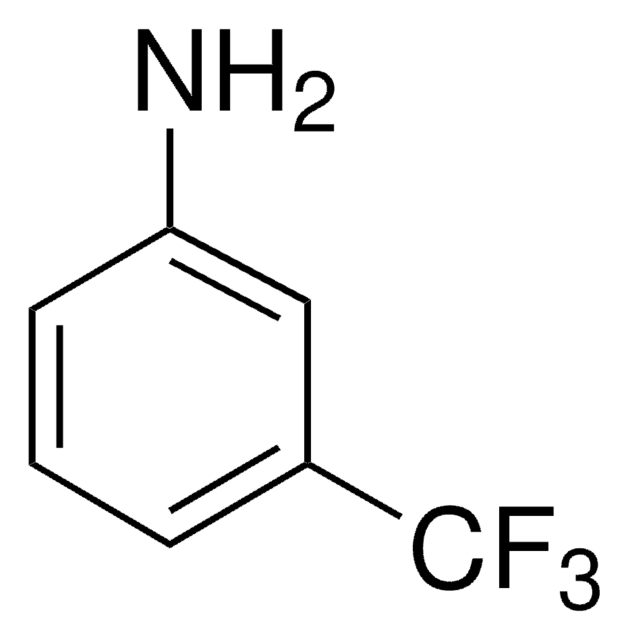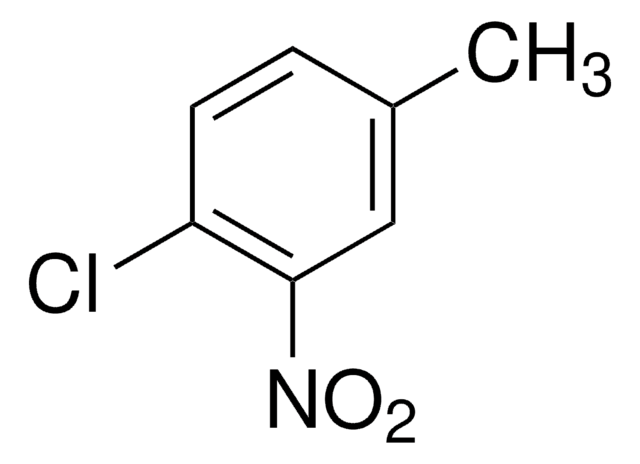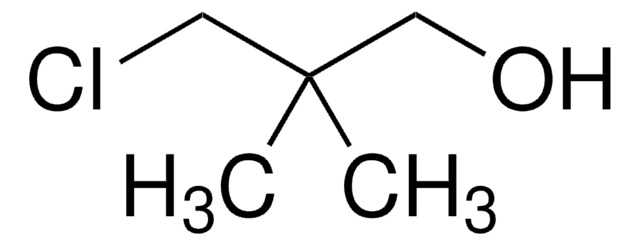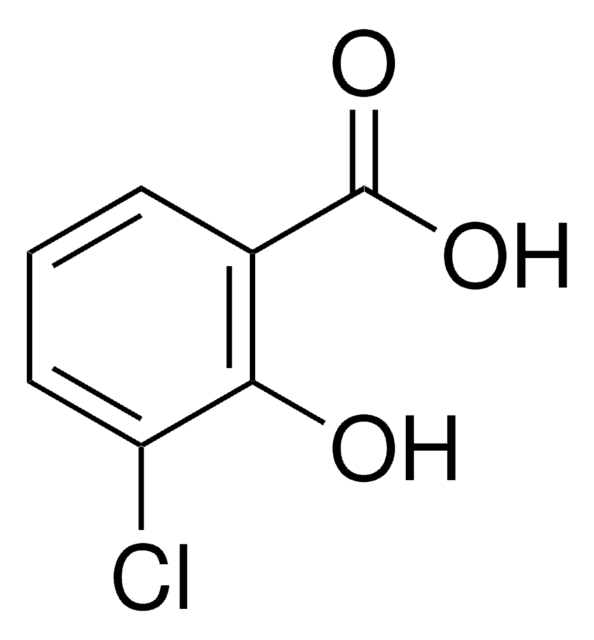236322
2-Chloro-4-aminotoluene
98%
Synonym(s):
3-Chloro-4-methylaniline, 3-Chloro-p-toluidine, 4-Amino-2-chlorotoluene
About This Item
Recommended Products
assay
98%
form
solid
refractive index
n20/D 1.584 (lit.)
bp
237-238 °C (lit.)
mp
24-25 °C (lit.)
density
1.167 g/mL at 25 °C
storage temp.
2-8°C
SMILES string
Cc1ccc(N)cc1Cl
InChI
1S/C7H8ClN/c1-5-2-3-6(9)4-7(5)8/h2-4H,9H2,1H3
InChI key
RQKFYFNZSHWXAW-UHFFFAOYSA-N
Looking for similar products? Visit Product Comparison Guide
Related Categories
Application
signalword
Danger
Hazard Classifications
Acute Tox. 3 Dermal - Acute Tox. 3 Oral - Aquatic Acute 1 - Aquatic Chronic 1 - Eye Irrit. 2 - Skin Irrit. 2 - Skin Sens. 1
Storage Class
6.1C - Combustible acute toxic Cat.3 / toxic compounds or compounds which causing chronic effects
wgk_germany
WGK 3
flash_point_f
212.0 °F - closed cup
flash_point_c
100 °C - closed cup
ppe
Eyeshields, Faceshields, Gloves, type P2 (EN 143) respirator cartridges
Certificates of Analysis (COA)
Search for Certificates of Analysis (COA) by entering the products Lot/Batch Number. Lot and Batch Numbers can be found on a product’s label following the words ‘Lot’ or ‘Batch’.
Already Own This Product?
Find documentation for the products that you have recently purchased in the Document Library.
Our team of scientists has experience in all areas of research including Life Science, Material Science, Chemical Synthesis, Chromatography, Analytical and many others.
Contact Technical Service